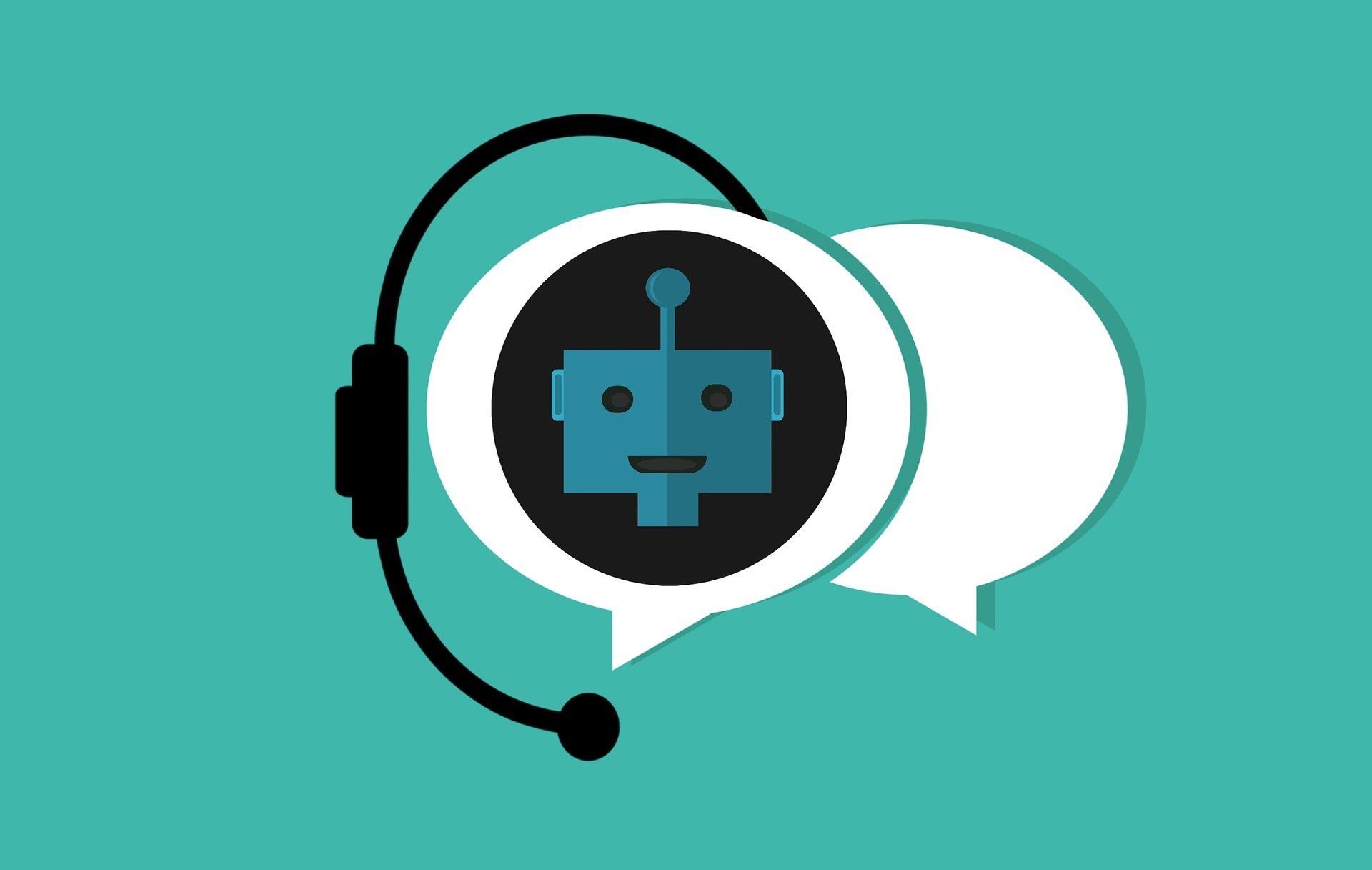This article was published as a part of the Data Science Blogathon
According to Accenture – “57% of the Businesses agree that chatbots deliver larger ROI with minimal effort.”
Table of Contents :
1. What’s a chatbot?
2. A dive into types of chatbots
3.What are the top platforms to build a chatbot?
4. What are the top Frameworks for building a chatbot?
5. The Algorithm to build a Chatbot.
6. Tips to follow before building your first chatbot
7. Top 5 datasets for your chatbot

1. What’s a chatbot?

2. A dive into types of chatbots
2.1. Linguistic Based/ Rule Based:
2.2. AI Chatbots:

3.What are the top platforms to build a chatbot?
Chatbot platforms are nothing but a platform to build chatbots and to develop them. Chatbot platforms are the best place for beginners to start with, These platforms are simple, easy to use design and we don’t need any kind of coding knowledge, it is simply a drag and drop function. All you would be needed to do is to form the flow or algorithm of how this chatbot is gonna work.
Again Chatbot platforms are categorized into two types:-
3.1. Development Platforms:
The chatbot development platforms enable you to create a chatbot with/ without coding in minutes. You can design, build, test, and deploy chatbots with the platforms I have listed few development platforms below.
- Chatfuel
- Botsify
- Manychat
- Bottr
- Flow Xo
- api.ai
- motion.ai
- Botstar
3.2. Publishing Platforms:
It is a platform where the user can access and use the chatbot. Few highly used platforms are:-
- Slack
- Amazon Echo
- Skype
- Messenger
- Viber
- Website
- Telegram & etc.

4. What are the top Frameworks for building a chatbot?
Chatbot Frameworks are is a kind of an SDK that allows developers to build using NLP, NLU, and various other cutting edge techniques. Frameworks offer basic building blocks like intent, context, entities, and conversation design, based on which developers need to build bots by coding. Unlike Platforms in Frameworks, there are no drag & drop functions, there are no pre-defined flow or any kind of templates.
- Google’s Dialogflow
- Amazon’s Lex.
- Microsoft’s Bot Framework (MBF)
- IBM Watson
- WordPress
- Chatterbot
- RASA Stack
5. The Algorithm to build a Chatbot.
- State the purpose of the chatbot: What kind of services? What problem to be addressed? What is the purpose of the chatbot’s existence?
- Is it going to be a Rule-based / AI-enabled chatbot?
- Select the right platform: Depends on your time, knowledge, and budget.
- Choosing the framework: Choose what kind of technique or technology you are going to use, depends on the programming knowledge and experience, how complex your chatbot is going to be?
6. Tips to follow before building your first chatbot
- The chatbot should sound too robotic and it should not be too formal.
- Follow the above-mentioned algorithm.
- Keep on re-iterating your chatbot.
- Have coders and developers contact, not only to guide you but also for getting valid feedback and ideas.
- Be aware of your time and budget.

7. Top 5 datasets for your chatbot
For robust ML and NLP models, training the chatbot dataset with correct big data leads to desirable results. The chatbots datasets require an exorbitant amount of big data, trained using several examples to solve the user query. However, training the chatbots using incorrect or insufficient data leads to undesirable results.
- Natural Questions: NQ is the dataset that uses naturally occurring queries and focuses on finding answers by reading an entire page, instead of relying on extracting answers from short paragraphs.
- NPS Chat Corpus: The NPS Chat Corpus is part of the Natural Language Toolkit (NLTK) distribution. It includes both the whole NPS Chat Corpus as well as several modules for working with the data.
- Yahoo Language Data: Yahoo Language Data is a form of question and answer dataset curated from the answers received from Yahoo. The dataset consists only of the anonymous bipartite membership graph and does not contain any information about users, groups, or discussions.
- SQuAD: Stanford Question Answering Dataset (SQuAD) is a reading comprehension dataset, consisting of questions posed by crowd workers on a set of Wikipedia articles, where the answer to every question is a segment of text, or span, from the corresponding reading passage, or the question might be unanswerable.
- ClariQ: The ClariQ challenge is organized as part of the Search-oriented Conversational AI (SCAI) EMNLP workshop in 2020. This is a form of Conversational AI systems and series, with the main aim of returning an appropriate answer in response to the user’s requests.
Hope this elaborated guide would have given you an idea and a vast knowledge about chatbots. Soon in the very future will be writing about how to build a chatbot too. Stay tuned!
LinkedIn Profile: https://www.linkedin.com/in/hari-lakshman/
The media shown in this article are not owned by Analytics Vidhya and are used at the Author’s discretion.



